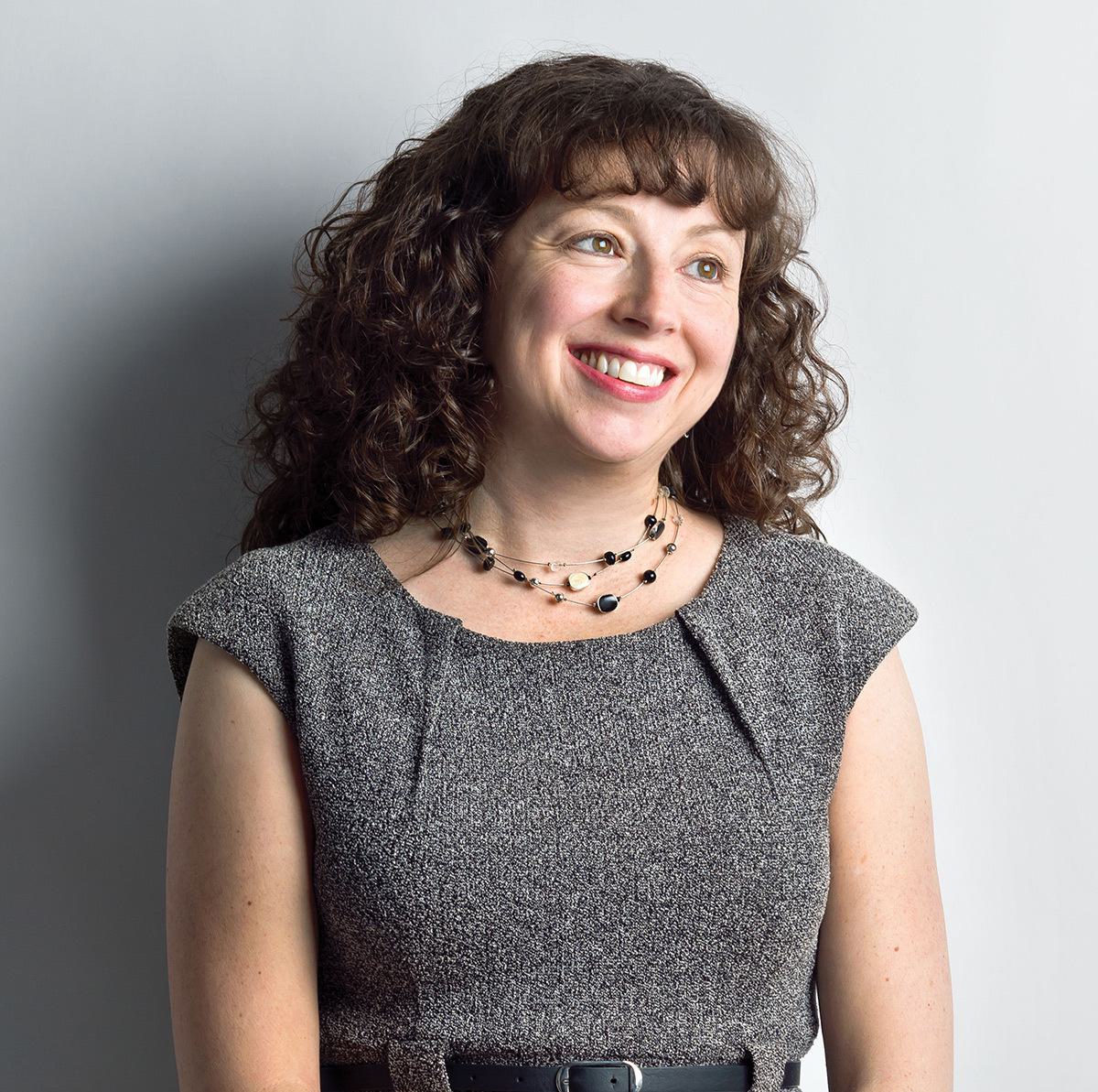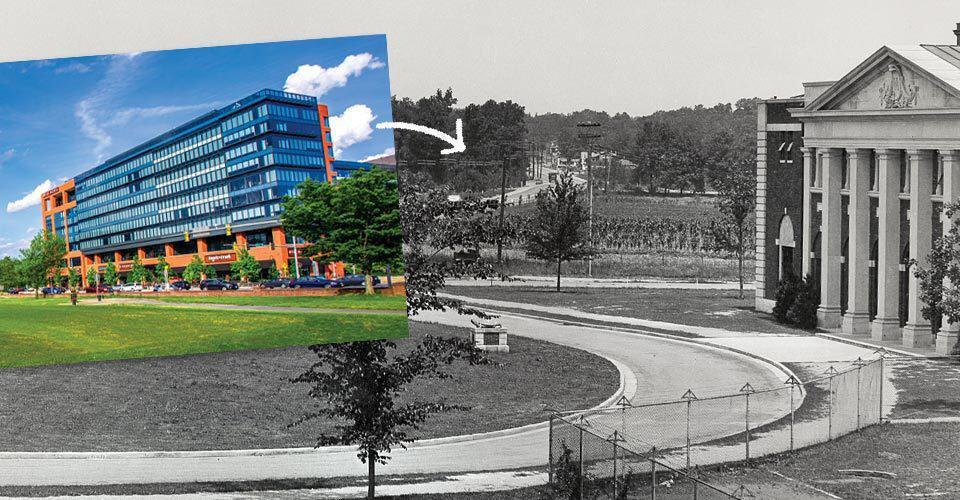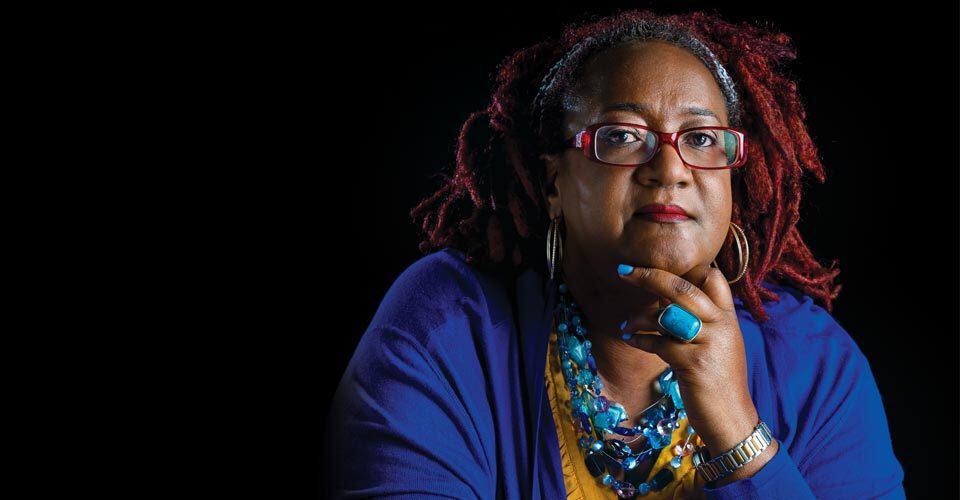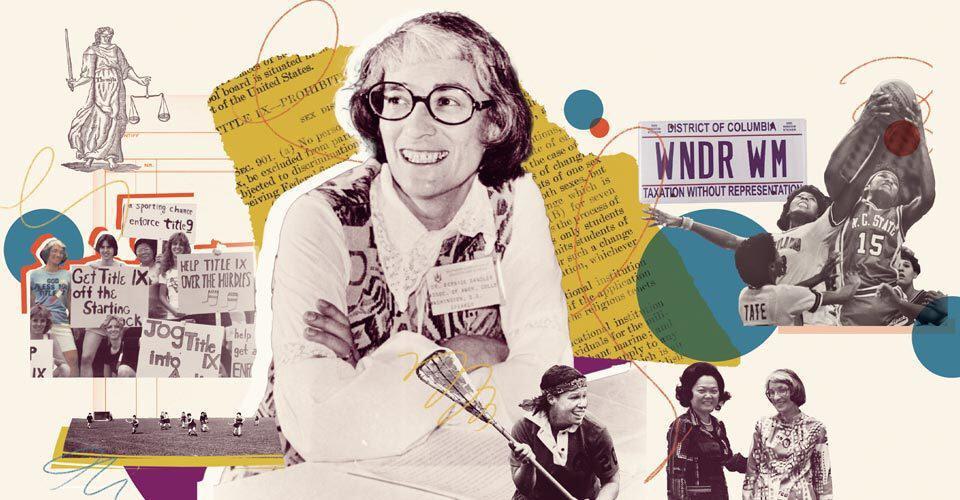Letters to the editor

From the editor
The new dining hall here might feature an even better view than the BBQ Spiced Sliced Turkey Jalapeno Cheddar Sauce Sub Sandwich (whew!) in front of me.
On a “taste drive” at Yahentamitsi with other campus employees before the semester started, we had a jolly time touring the 11 food stations and promising ourselves that we wouldn’t overeat while deliberating among dozens of entrees and side dishes.
I paused at its wall of windows overlooking the football and lacrosse practice fields along with the baseball diamond on the “Bob.” Eating that sandwich while watching a live game would be a world away from a dinnertime bowl of cereal in a dark corner back when I was a college student.
The hilarious differences in dining at Maryland now vs. 50 years ago (when the last dining hall was built) is the focus of Annie Krakower’s story on Yahentamitsi. You’ll also find out more about how this building, the heart of the new Heritage residential community, honors the Indigenous Piscataway people of the state.
You’ll smile at another modern take on the student experience, with her cover story on the reawakened M Book and its “bucket list” of traditions to participate in before graduating. It’s a fun way to encourage today’s undergraduates to get involved and learn about the university’s past and present, and we met a gung-ho Terp determined to cross off all 20 items on the list.
Writer Liam Farrell takes an engrossing personal approach to his feature on a UMD anthropologist’s work in a rapidly transforming former Pennsylvania coal-mining region: It’s where Farrell’s own great-grandfather was killed in a mine accident. Read how that misfortune steered his Irish-immigrant family’s trajectory and parallels the experiences that Professor Paul Shackel now explores as Hispanic families become the new arrivals.
And take another look at how the past and future collide in Chris Carroll’s dive into the Chesapeake Bay’s “oyster wars.” Their victim was the industry itself, now on the verge of collapse, but University of Maryland robotics researchers
have an ingenious idea on how to use underwater drones to see—and save—the mollusks.
I hope to see you back on campus later this semester for Homecoming. Wishing you all a happy fall.

Lauren Brown
University Editor

Growing Justice From Grassroots Science
Trash and toxic substances are often dumped where poor people and communities of color live. Public health researcher Sacoby Wilson is empowering them to fight for cleaner, safer conditions.
I read about the smell that “occasionally invades” Cheverly, Md. The article said that the smell is “similar to burning coffee—even though it’s definitely not from a Starbucks.”
I’m rather surprised no one thought it might actually be coffee: The Eight O’Clock coffee roasting facility is one of the industrial operations the article talks about. I can smell it when the wind is right. It has been my experience that the aroma from a commercial roastery (that one and others) can smell like the coffee is burnt.
Ann Wass Ph.D. ’92, Riverdale, Md.

College Park is hopping and humming with new businesses, housing and other perks. See for yourself.
Several sharp-eyed readers contacted us about this. Thank you! We passed on this information to our partners on this article at the city of College Park, who kindly shared these photos.
I enjoyed the historic photos and can recall these landmarks from when I started at UMD and from growing up in Beltsville. I did note some inaccuracies, however:
The top photo on page 24 is labeled 1949-50. However, the car on the left side is a 1956 Chevy Belair four-door sedan. The top photo on page 27 is labeled 1949. However, the nearest car moving away from the viewer is a 1955 Chevy, and the white car in front of it appears to be an early 1960s auto.
I recall large glass panes in the front of the Book Exchange No. 2 (page 25). They were broken out during the Vietnam War protests and never replaced.
Mark Opeka ’80, M.S. ’83, Ph.D. ’95, Birmingham, Ala.

No Appetite for Racist Stereotypes
In New Book, Professor Chews Over the Consequences of Food Shaming
I was very pleased to learn of Professor Psyche A. Williams-Forson’s book “Eating While Black,” which reminded me of my experiences after moving from Santiago, Cuba to Baltimore in 1951 when my widowed mother remarried.
I spoke not one word of English but somehow made friends with kids in my new school. I invited a couple of them to a feast to which I was going to be introduced: Thanksgiving.
My stepfather, a pretty good cook for a dentist, broiled a turkey. The stuffing included chorizos, giblets and de-seeded prunes. The side dishes consisted of red kidney beans and rice, fried sweet plantains and yuca. Everything well condimented with garlic.
After some sniffing and quizzical looks, my new friends dug in and seemed to enjoy the unusual meal. We should embrace all of the different cultural elements that make up the American Quilt, whether it is food, literature or plain perspective. This is not “practiced tolerance,” but acceptance that we each bring something new to the table.
Pedro E. Wasmer ’62, Naples, Fla.

Fifty years after the law’s passage, the legacy of Bernice Sandler Ed.D. ’69 endures through the millions of girls and women whose lives she’s changed.
I was a participant of those “interest groups” (before women’s sports were recognized), having graduated in 1960 as a phys ed teacher, and was glad to see that a UMD alum was responsible. The article brought back memories, some good, some not so good—such as having to scramble for transportation to the universities we were scheduled to play.vWe survived but definitely resented not being identified as varsity teams.
A recent USA Today Network article in our Sunday paper focused on the still-existing disparity between men’s and women’s sports on campuses nationwide. Title IX helped a lot but unfortunately, we still have a long way to go!
Martha Boron ’60, Canton, Mich.